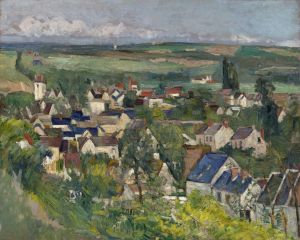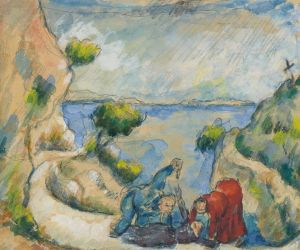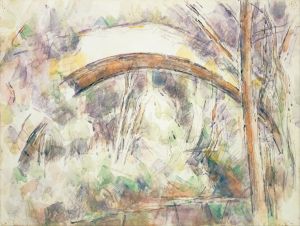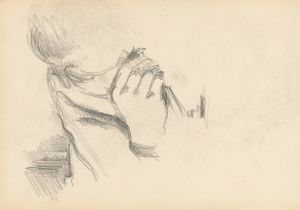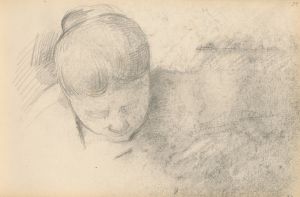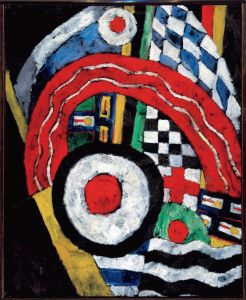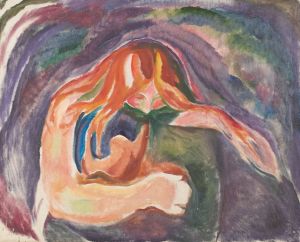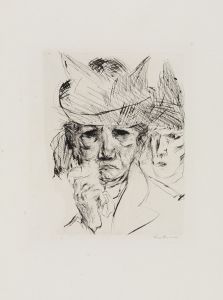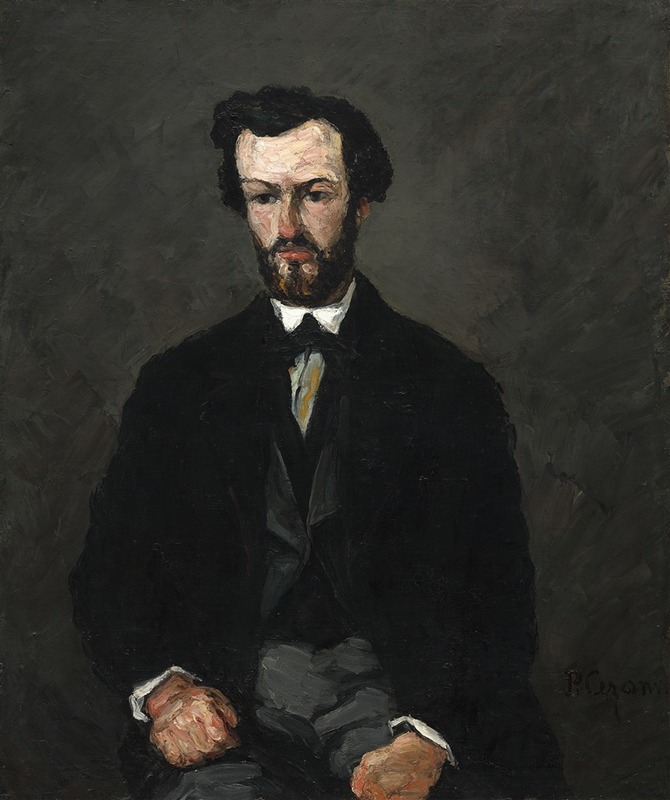
Antony Valabrègue
A hand-painted replica of Paul Cézanne’s masterpiece Antony Valabrègue, meticulously crafted by professional artists to capture the true essence of the original. Each piece is created with museum-quality canvas and rare mineral pigments, carefully painted by experienced artists with delicate brushstrokes and rich, layered colors to perfectly recreate the texture of the original artwork. Unlike machine-printed reproductions, this hand-painted version brings the painting to life, infused with the artist’s emotions and skill in every stroke. Whether for personal collection or home decoration, it instantly elevates the artistic atmosphere of any space.
Paul Cézanne's painting "Antony Valabrègue" is a notable work within the artist's extensive oeuvre, reflecting his evolving style and approach to portraiture. Painted in 1866, this portrait captures the likeness of Antony Valabrègue, a poet and close friend of Cézanne. The painting is significant not only for its artistic qualities but also for its insight into Cézanne's personal relationships and the cultural milieu of the time.
Cézanne, a pivotal figure in the transition from 19th-century Impressionism to 20th-century Cubism, is renowned for his unique approach to form and color. In "Antony Valabrègue," Cézanne employs a relatively restrained palette, focusing on earthy tones and subtle contrasts. This choice of color reflects the somber and introspective mood often associated with his portraits. The brushwork is deliberate and structured, showcasing Cézanne's interest in capturing the underlying geometry of his subjects.
The composition of the painting is straightforward, with Valabrègue seated and facing the viewer. His expression is contemplative, suggesting a moment of introspection or thoughtfulness. Cézanne's attention to detail is evident in the rendering of Valabrègue's facial features and attire, which are depicted with a sense of realism that contrasts with the more abstract backgrounds typical of Cézanne's later works.
Antony Valabrègue was part of Cézanne's circle of friends in Paris, which included other artists and writers who were influential in the cultural scene of the time. This portrait not only serves as a personal memento of their friendship but also as a testament to the intellectual and artistic exchanges that characterized Cézanne's early career. Valabrègue himself was a poet, and his connection to Cézanne highlights the interdisciplinary nature of the artistic community in 19th-century France.
The painting is also significant for its place in Cézanne's development as an artist. During the 1860s, Cézanne was experimenting with different styles and techniques, moving away from the academic traditions that dominated French art. "Antony Valabrègue" reflects this period of exploration, as Cézanne begins to assert his individual style, which would later influence a generation of artists.
Today, "Antony Valabrègue" is housed in the Musée d'Orsay in Paris, where it is part of a collection that showcases the evolution of modern art. The museum's collection includes several works by Cézanne, providing context for understanding his impact on the art world. The painting is appreciated not only for its aesthetic qualities but also for its historical significance, offering insights into the personal and professional life of one of art history's most influential figures.
In summary, "Antony Valabrègue" by Paul Cézanne is a portrait that encapsulates the artist's early experimentation with form and color, as well as his connections to the literary and artistic circles of his time. It stands as a testament to Cézanne's evolving style and his enduring influence on the trajectory of modern art.







